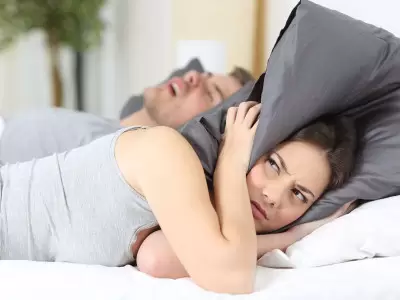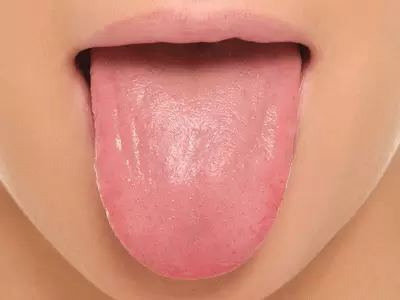Robotic Surgery in Treatment of Sleep Apnea
Blockage in the respiratory passage caused by the tongue base that slips backward during sleep is the most important factor causing sleep apnea and maybe this is the most difficult to treat problem with surgery. There are a great number of procedures defined for the solution of problems in the tongue base and upper throat regions, which are the regions highly difficult to access, view and intervene for surgery. Until recently, generally treatment with positive airway pressure (CPAP) masks has been preferred in patients with apnea caused by excess amount of soft tissue in their tongue bases because of the fact that most of other procedures have a low success rate, cannot provide lasting solutions or they have important complications.
Robotic surgery systems, which were mainly used in urology and gynecology in the early periods after their developments, have begun to be successfully used in also the treatment of the ear, nose and throat, with the development of thinner and smaller surgical equipment in recent years.
This technology allowing access to the regions that cannot be easily viewed and accessed under normal conditions, with the guidance of 3D and magnified endoscopic images and by means of instruments directed with precision control systems, which are connected to robotic arms working more skillfully and precisely than human hands, has launched a new era in also the treatment of sleep apnea.
With DaVinci Robot that has become an important treatment option for patients with sleep apnea problem due to particularly excess soft tissue in the tongue base and upper throat regions, it is possible to treat the disease in this patients by easily accessing the location of the problem through the mouth and then reducing the soft tissues that cause blockage in the region, with the aid of special equipment connected to robotic arms working precisely with the guidance of 3D endoscopic images.
Because patients with sleep apnea are likely to have problems with different contents simultaneously in different regions, all patients are assessed with physical examination and then sleep endoscopy before surgery, the locations and contents of the problems are identified, and the intervention is planned in a way to allow for treating more than one region in the same session by using the appropriate surgical technique, if necessary.
Lingual tonsil surgeries can easily be done with the advantages of robotic surgery as well, which are performed in patients with snoring and sleep apnea problem caused by the lymphatic tissues (lingual tonsils) in the rear part of the tongue when they enlarge and bloc the respiratory passage.
Other problems in the nose and palate regions of patients, which cause their snoring or apnea problems, can be intervened in the same session because severe pain and swallowing difficulty experienced after normal tonsil surgeries do not develop after surgical interventions intended for the lingual tonsils.






Comment
Your Contact Information will not be shared in any way. * Required Fields